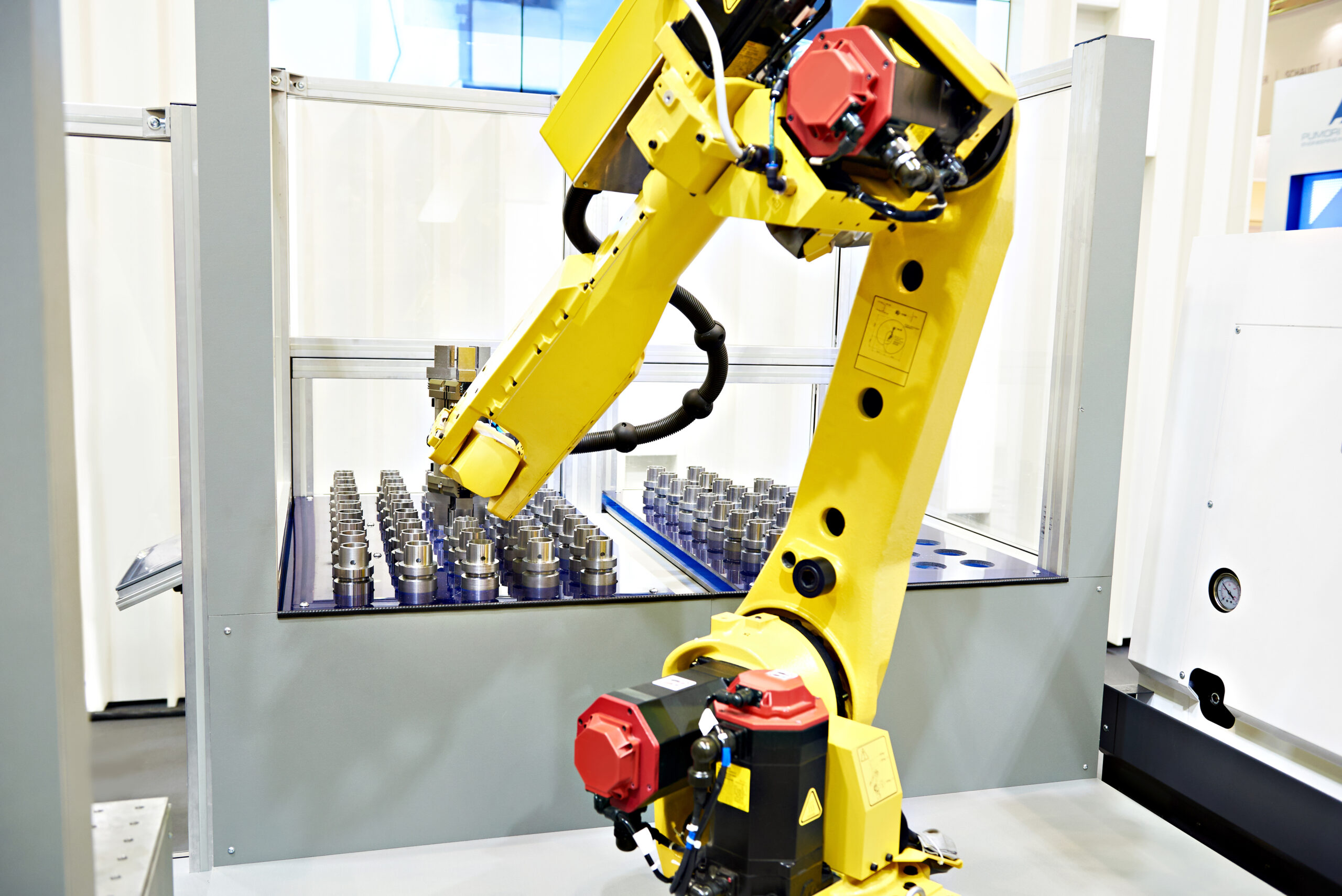Which robot programming tool is the right choice for your business?
These days, there are quite a few different options of programming methods for your robot. When you’ve decided that you will invest in a new programming tool, it can be difficult to know which one is going to suit you best.
To make matters even more complicated, the different tools can vary wildly in their functionalities, costs, and capabilities.
For example, you might want to compare the manufacturer’s proprietary programming language with hand guiding. Or, you might want to assess a joystick tool for teach-by-demonstration and compare it with a handheld programming tool that can be used offline (like our TwinTrack tool).
How do you compare the different options in front of you and ensure that you don’t get caught out by failing to consider some important factor in your comparison?
You might be tempted to “go with your instincts” but this could lead to you picking a programming tool that doesn’t fully suit your needs.
Avoid Asking “Should I Purchase This Tool Or Not?”
As good professionals, we know that we should carefully compare our options before we invest in a new piece of technology for our business.
But, even though we know we should perform a detailed and objective comparison, we often get stuck on just one of the options we are considering.
We find ourselves asking the question “Should I purchase this technology or not?”

According to decision-making experts, this is an example of a decision that is too narrowly framed. “Should I do X or not?” means that we are not considering a wide enough set of options.
If you were involved in purchasing your industrial robot initially, you likely had to go through a similar decision process to choose the right brand and model of robot.
Now that you are thinking of investing in a new robot programming tool, there are a variety of new factors that affect the decision.
At What Stage Should You Compare Options?
The problem with having so many programming tools on the market is that it would take far too long to perform an in-depth comparison of all of them.
When should you start considering comparing tools?
Whether you have 10 options to choose from?
Or whether you have only 2?
You might be tempted to just jump into researching the options on the market first. Maybe you’ve already started doing this. However, it can be a good idea to start by first assessing what you actually need from a programming tool before you head down the rabbit hole of internet research.
Only when you have clarified your needs should you start researching specific tools.
And for that, you need a process…
A 5-Step Process to Compare Robot Programming Tools
Here is a simple 5-step process to help you choose between the various robot programming tools on the market:
1. Clarify Your Needs
Start by getting your team involved. In particular, involve those people who will be in direct contact with the robot and could benefit from the tool.
Together, come up with specific needs for a new robot programming tool.
How easy should it be to use? Who needs to be able to program the robot with it? What specific improvements do you expect the new tool to bring?
2. Ensure Robot Compatibility
One of the biggest problems in robotics is a lack of interoperability. Many robot programming tools are specific to just one robot manufacturer, one specific application, and/or one specific 3rd party hardware.
At RoboDK, we believe that easy robot programming should be accessible no matter what robotic technology you are using. As you assess different programming tools, ensure they have compatibility with your robot.

3. List Important Business Factors
Several factors are important to consider when purchasing a new robot programming tool. Some of these are similar to other types of technology investment whilst others are more specific to robotics.
List the factors that are relevant to your business. Examples of such factors include features, support, pricing, training, and impacts on existing technologies.
4. Rank Factors in Order of Importance
There are likely to be one or two factors that stick out as being more important than the others. These can be your guiding lights as you search through the market for suitable robot programming tools. They will allow you to quickly discount tools that don’t serve those specific needs.
Take your list from the previous step and rank them in order of importance. You can do this as a simple numbered list or you can incorporate more in-depth ranking scoring.
5. Compare the Options Side-by-Side and Decide
By this point, you likely have narrowed down your options to a few key programming tools.
Finally, lay out the details of the tools you are considering and compare them side-by-side. It can be useful to use your list of important factors to get some clear points of comparison for each programming tool.

Example: TwinTrack vs RoboDK vs Product X
As an example, let’s say that Liam, a manufacturer, is considering whether to purchase TwinTrack – our tool for handheld robot programming that works alongside RoboDK–, just purchase RoboDK alone, or purchase Product X (representing another programming tool on the market).
Liam might have determined that the following 3 factors are most important for his business:
- Compatibility with multiple robots — As both RoboDK and TwinTrack are compatible with over 500 robots from 50 robot brands, this places them both high on his list. Like many programming tools, Product X is tied to just one particular robot brand so this is less appealing to him.
- Ease of use — TwinTrack comes out as the easiest to use, as almost anyone can use it to program a robot quickly and easily simply by tracing a motion with the handheld probe. While RoboDK alone is still easy to use, programming isn’t quite so intuitive. Product X is more complex and requires several days of training, as many programming tools do.
- Cost — Product X and TwinTrack are similar in pricing. But, purchasing RoboDK alone will use less of Liam’s budget. This is important to him, but not as important as the previous 2 factors.

After comparing the options side-by-side, with his top 3 factors and several more factors, Liam decides that TwinTrack is the best option for his business needs.
So, which robot programming tool will be right for you?
What robot programming tools are you considering? Tell us in the comments below or join the discussion on LinkedIn, Twitter, Facebook, Instagram, or in the RoboDK Forum.





Thank you for post knowledgeable post,